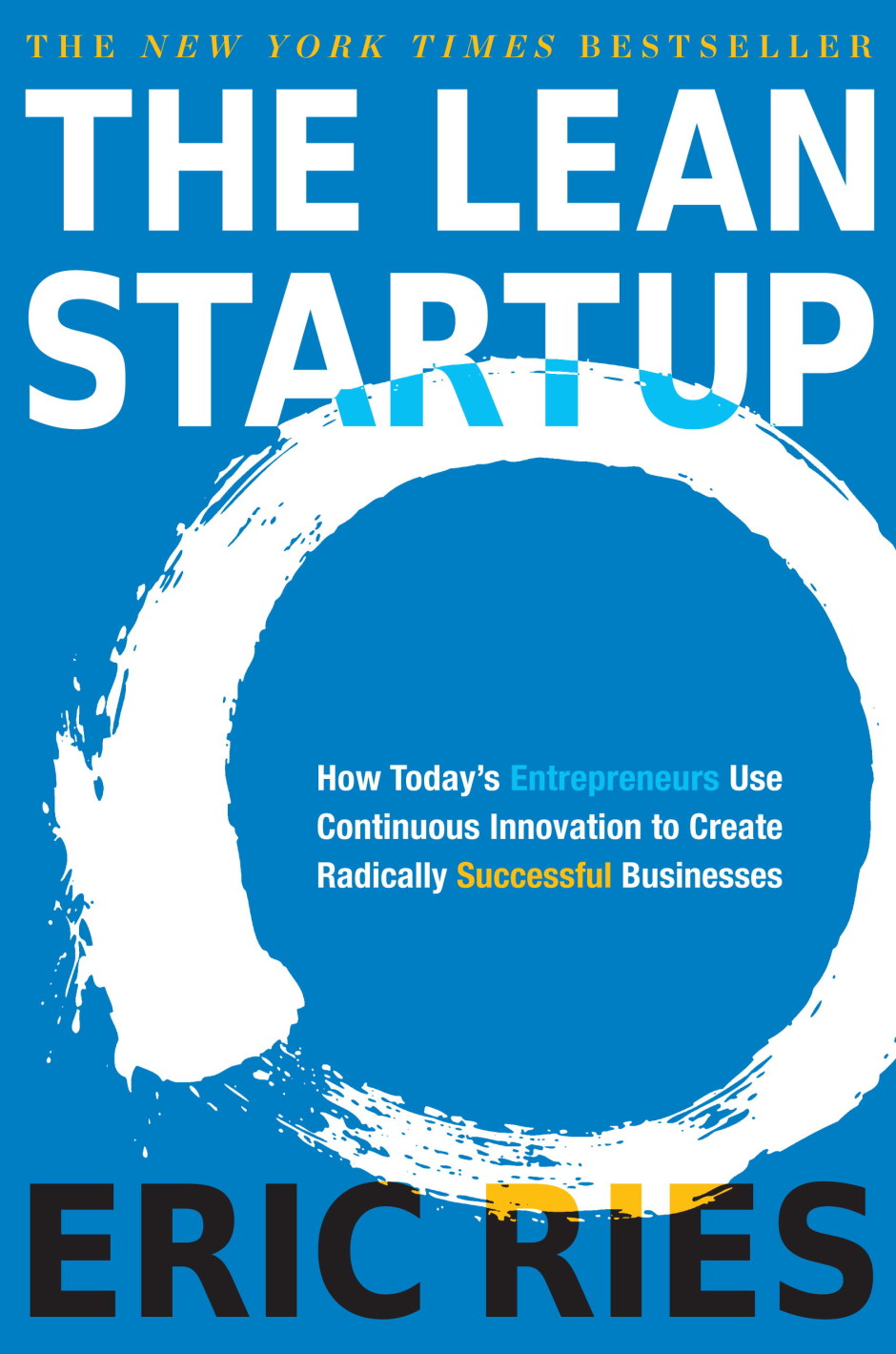 Saw a video by Eric Ries in which he explains the ideas he had shared in his phenomenal 2011 book the Lean StartUp
Saw a video by Eric Ries in which he explains the ideas he had shared in his phenomenal 2011 book the Lean StartUp. Some of the ideas illustrated in the video (those that resonated with me) are detailed below:
1. StartUps are not miniature big companies (so they don’t have to function like one)
2. Pivots are important and should not be disdained or feared – Pivots are changes (ranges from subtle to drastic) to the core business, its underlying model or everything else. They become necessary when you get out the door and reality dawns – assumptions don’t hold true or you find there is a better way to create and capture value. Microsoft started with a Basic language interpreter, today they have a near monopoly of the desktop operating system and have had for the better part of two decades, Nokia was a Finnish tire company a million lifetimes ago, it became the number one mobile phone OEM and now a growing software and network equipments manufacturer. Both Microsoft and Nokia (true, no longer StartUps by some standards/definition) had many inflection points and leveraged on available advantages to course correct and stay in business and profitable.
3. Avoid terrible shadow believes – those unspoken, unwritten and untested but generally agreed to and adhered to ideas about the target market. Some things like:
- we know what the customers want
- we can tell the future – those spreadsheets with predictions of users/buyers and revenue
Often, these shadow believes lead to a loss of agility and thus inability to course correct when reality hits.
4. Ship early – incomplete, feature-bare versions with potential to embarrass you. On the flip side, you will get early adopters in and on your side, and you learn from them what the market needs (test your idea for free or even whilst earning some income).
True early adopters are visionary users, they often have more ideas about how the product should work than the start up founders themselves and getting to them early in the business’ life cycle could guarantee some measure of success. – Eric Ries
5. Avoid advancing the plan at all cost irrespective of what data tells you – movement is not progress. Progress is movement in the right direction. Evolve mechanisms for testing movement in the right direction.
6. Agile versus Waterfall – waterfall is a straightforward progressive approach to building things. The (intended) customer sees nothing until the whole work is done and thus can not provide feedback until deep into at the end of the production cycle. Changes become major reworks and course corrections become expensive. Waterfall is suitable for when you know the problem and have established a practical not theoretical solution – hardly the case in real life. Agile on the other hand is an approach that builds a business, product or an idea iteratively in very short amount of time (once a day?). With each successful iteration, the idea evolves, in some cases, iterations can be shipped or shared and feedbacks obtained. Every new bit of useful information impacts the direction for new iterations and the chances of success is higher and cost of course corrections are non-existent cheaper.
I blog here and run a Tech Startup (feels good to say that 🙂 )



